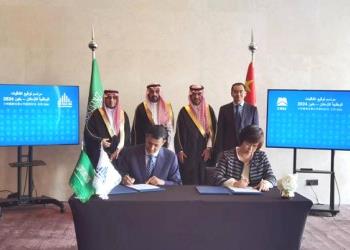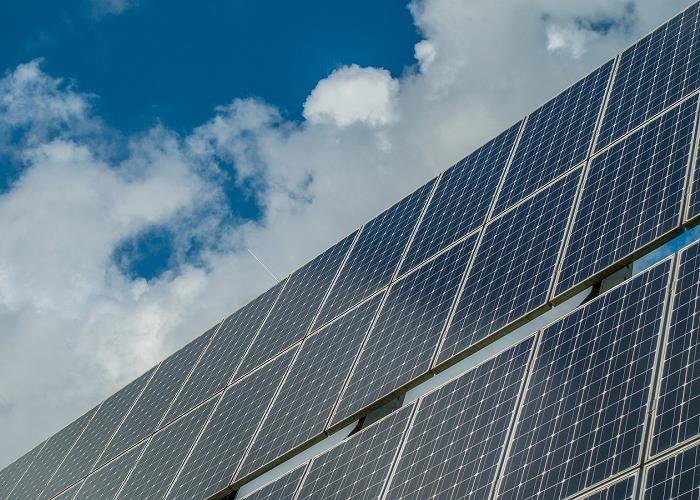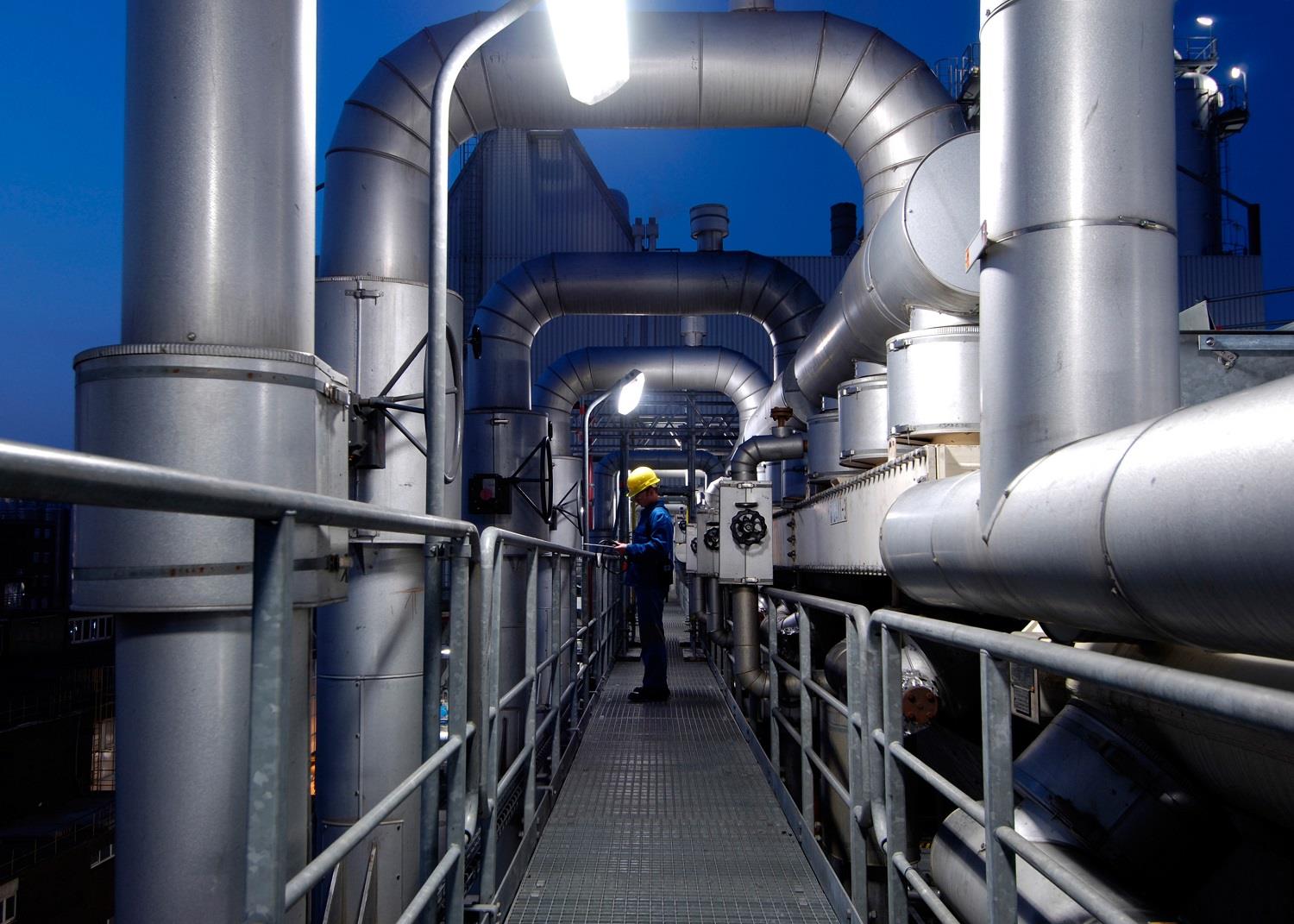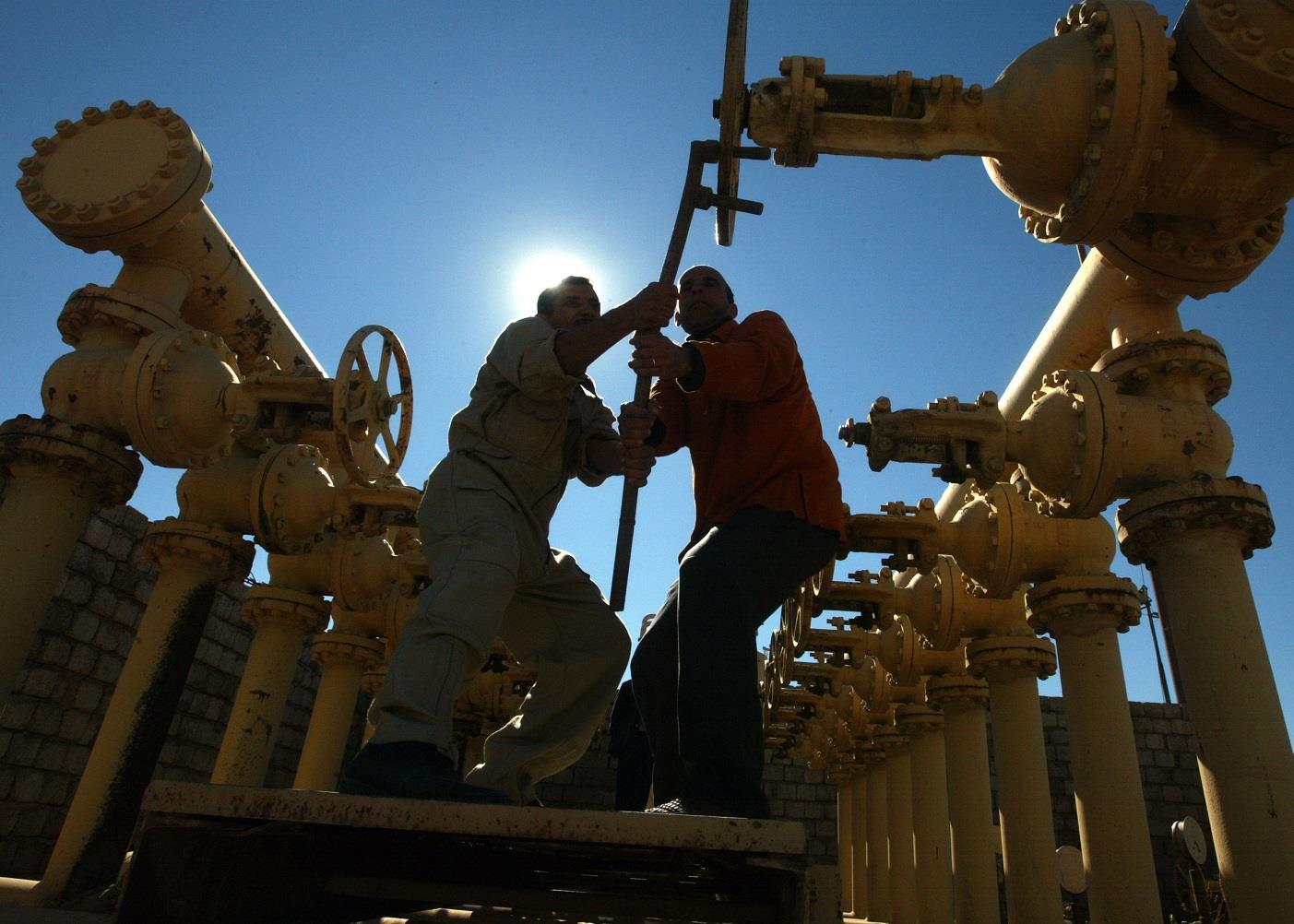
China is now producing olefins from coal, with schemes reported to have an estimated total capacity of more than 13 million tonnes a year
Special Report Contents
Price drop puts strain on GCC petrochemicals
The Gulfs petrochemical sector faces new challenges
Oman bucks the trend with Liwa Plastics
Companies plan investments in Irans petrochemicals sector
Databank: Petrochemicals production and construction forecast
GPCA: Petrochemicals sector has entered a time of change
The economic slowdown in China has been top of the list of macroeconomic concerns for business leaders across the globe for some years now.
Robust Chinese demand has long been the principal driving force for companies exporting commodities from oil to iron ore, and petrochemicals is no exception.
Chinese GDP growth is expected to drop to a 25-year low of under 7 per cent this year, which, although still impressive, may cause investors to think twice before investing in commodities dependent on the breakneck pace of expansion seen over the past two decades.
Growth in the GCC petrochemicals industry over this period was largely based on increasing capacity to export to growing Asian markets, of which China is by far the largest.
Chinese production
For GCC exporters, the effect of the slowdown in Chinas overall demand is exacerbated by the growth in Chinese domestic petrochemicals production, leaving a smaller window for imports.
The concern about Chinese demand has been there for several years because if you look back at a number of the Middle East projects, a lot of their focus has been to sell products to Asia because the GCC market is fairly modest, says Andrew Spiers, Bahrain-based senior vice-president at US energy and chemicals consultancy Nexant.
When you talk about selling into Asia, what people mean is mainly the deficit within China. A lot of people investing in the GCC [petrochemicals sector] did it on the assumption of forecast growth rates in China not just the demand side, but what it would mean for net import requirements.
Demand for exports has also been affected by the growth of unconventional gas production in North America, which has provided feedstock for a new generation of petrochemicals projects in the US. This limits the potential of GCC producers increasing exports into the region.
Competition for naphtha
On top of global supply and demand factors, the drop in global crude prices has also increased the competitiveness of naphtha-based petrochemicals producers in Asia including China and Western Europe.
While gas feedstock prices in the GCC are fixed by governments, naphtha and other liquid feedstocks are strongly linked to oil prices, leading to a drop in production costs over the past year.
The total cost of producing a tonne of olefins in China dropped from $1,423.5 in January 2014 to $662.5 in January 2015 due to the lower naphtha prices.
These factors are interconnected and are putting downward pressure on petrochemicals margins because people feel the trade outlet they expected into China is not there and have to fight a bit harder to place products in markets, says Spiers.
In this new environment I wouldnt expect to see a raft of new projects announced in the GCC anytime soon. The GCC has had a large capacity build-up and typically these things go in phases and were in a slowdown period. GCC producers are looking at their cost base and how to improve their competitive position.
Coal-to-olefins
Chinas petrochemicals sector, which has not had the abundance of gas of its GCC counterpart, is now producing olefins from coal.
There are about 13 reported coal-to-olefins (CTO) projects in China, either producing, approved or in the planning stages. The schemes, which have capacities varying from 600,000 tonnes a year (t/y) to 2 million t/y, have an estimated combined capacity of more than 13 million t/y.
China also uses coal to make industrial quantities of urea and methanol.
There are question marks over the volumes of coal-based olefins expected to hit the market over the next five years, and a slowdown is expected due to the drop in oil prices.
But even a downscaled programme would have a sizeable impact on Chinese consumption of imported polyethylene.
Global surpluses
In 2014, UK energy and chemicals price assessor Platts estimated that the influx of Asian material will likely increase global polyethylene surpluses by more than 50 per cent between 2013 and 2015.
Global surpluses of the plastic are projected to climb to more than 7 million tonnes between 2016 and 2018, the firm predicted.
Although market forces are working against the GCC petrochemicals industry, China and other emerging economies will still require significant imports of petrochemicals, albeit at a slower pace of growth.
Large-scale expansion plans may be off the radar for the GCC, but producers can use the opportunity to improve their competitive position ahead when conditions in the heavily cyclical industry improve.
You might also like...

UAE firm breaks ground on Kezad food facility
17 May 2024

Chinese firm signs National Housing Company deal
17 May 2024

Two bid for 90-100MW Bahrain solar contract
17 May 2024
A MEED Subscription...
Subscribe or upgrade your current MEED.com package to support your strategic planning with the MENA region’s best source of business information. Proceed to our online shop below to find out more about the features in each package.









